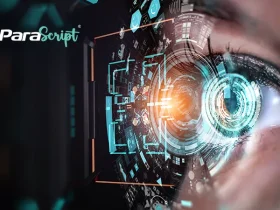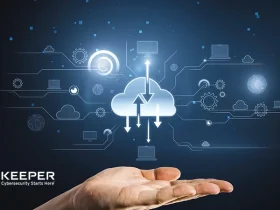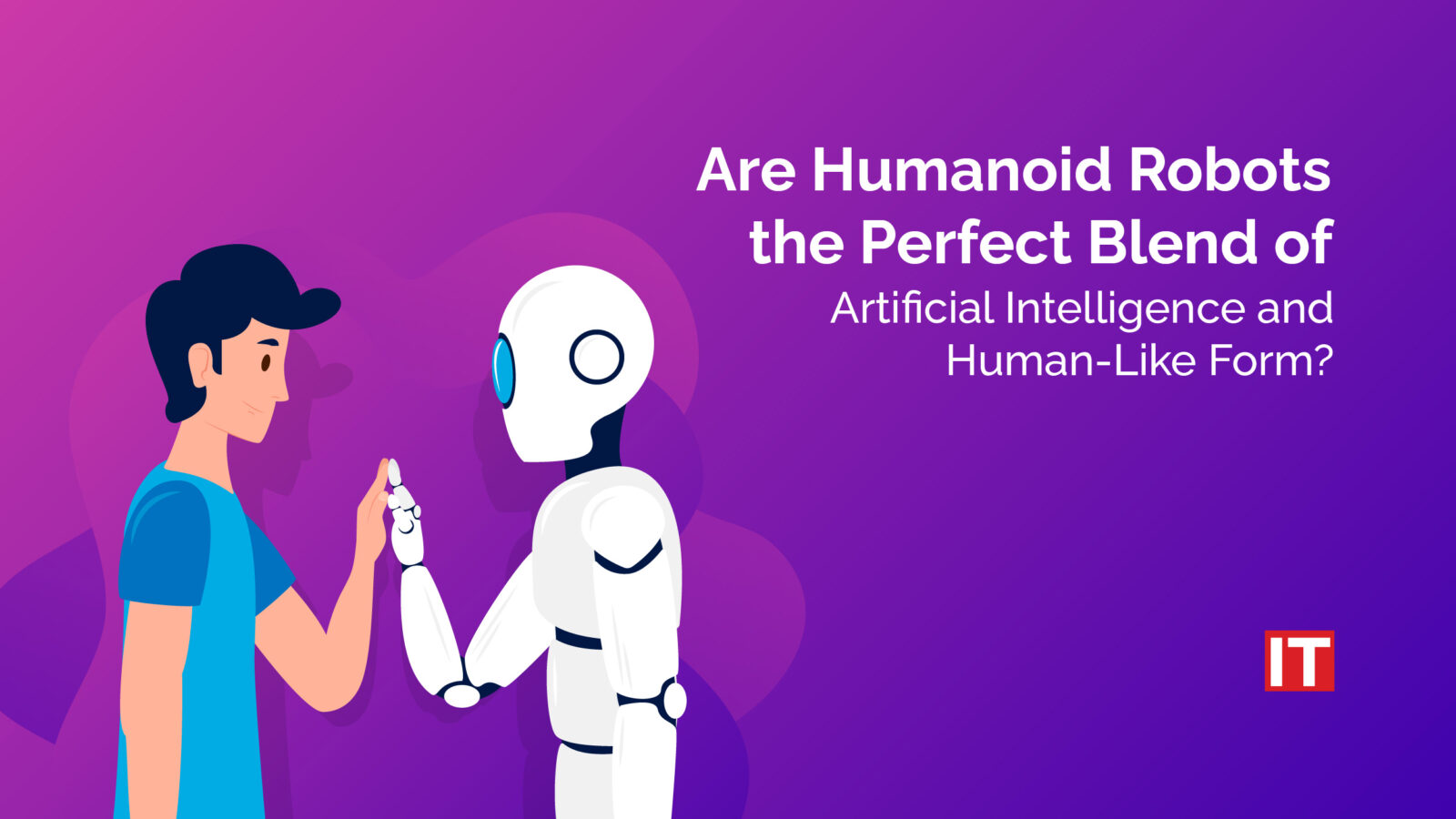Think of a time in the future when robots not only resemble us physically but also have emotions, intelligence, and even personalities. Incredible, isn’t it? So grab on tight as we explore the fascinating world of humanoid robots, where humankind and technology are interacting in the most amazing ways. This is going to be an interesting ride, I assure you!
Those of you who enjoy science fiction may be aware of Isaac Asimov’s works, which are set in a future where robots resemble humans. Humanoid robots, also referred to as Humanoids, may no longer be a figment of our imagination as a result of multiple robot manufacturers extending their operations.
By saying that, let’s dig in.
What Exactly are Humanoid Robots?
Robots with human-like appearances and motions are known as humanoid robots. They frequently have sensors and cameras that enable them to understand voice instructions, recognize human faces and emotions, and conduct conversations. Humanoid robots can be designed to carry out a variety of duties, including helping people with daily tasks, working in factories, rendering medical services, and carrying out search and rescue operations in hazardous conditions.
Humanoid robots have several advantages over conventional robots. Their ability to interact with others in a more intuitive and natural way is one of their primary advantages. Therefore, they are perfect for industries that depend heavily on human connection, such as education, healthcare, and customer service.
Worldwide, there are 2.7 million industrial robots functioning in industries, according to the World Robotics 2020 Industrial Robots report.
How Are Humanoid Robots Being Integrated Into Society Today?
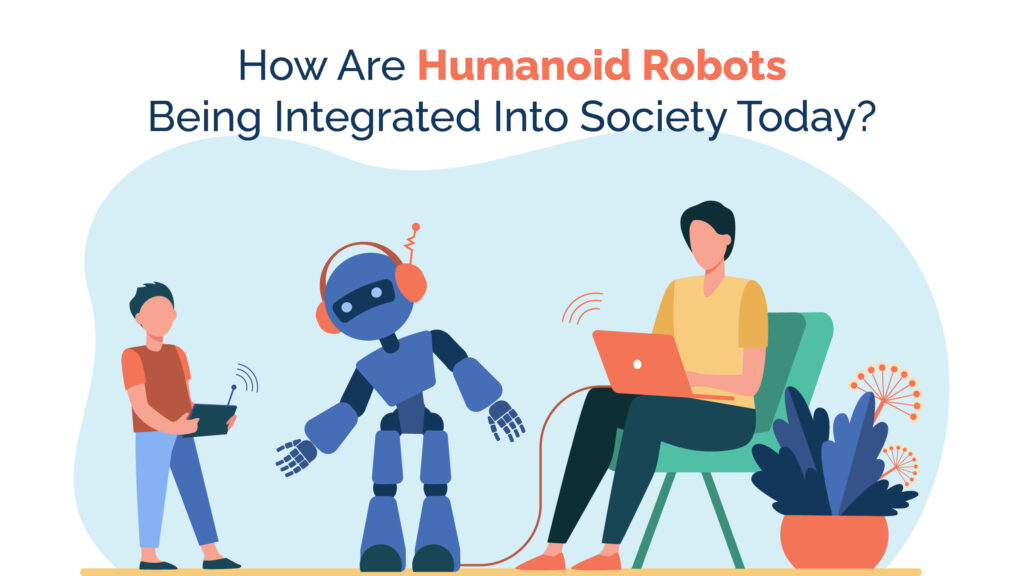 Despite the fact that the majority of the newest humanoid robots are still in the prototype or other early stages of development, a handful has eluded research and development in recent years and are now employed in the real world as bartenders, concierges, deep-sea divers, and elderly companions. By working in factories and warehouses, some people help others with manufacturing and logistics. Others, who conduct orchestras and greet conference guests, seem to provide more astonishment and uniqueness than anything else.
Despite the fact that the majority of the newest humanoid robots are still in the prototype or other early stages of development, a handful has eluded research and development in recent years and are now employed in the real world as bartenders, concierges, deep-sea divers, and elderly companions. By working in factories and warehouses, some people help others with manufacturing and logistics. Others, who conduct orchestras and greet conference guests, seem to provide more astonishment and uniqueness than anything else.
Elon Musk, the CEO of Tesla, recently revealed a new teaser image of the company’s humanoid robot, Optimus, which will be able to handle “dangerous, repetitive, and boring tasks” like grocery shopping, to an audience at Tesla AI Day in 2021. According to Electrek, the Optimus is expected to be unveiled in September, and Musk suggested that production may start as early as 2023. Additionally, he anticipated that eventually, the market value of his company’s humanoid robot segment would surpass that of his electric cars.
Top 5 Humanoid Robots in the World that Are Breaking New Ground
Humanoid robots are designed to interact with human tools and provide customer service. Here is a list of humanoid robots in the world to know.
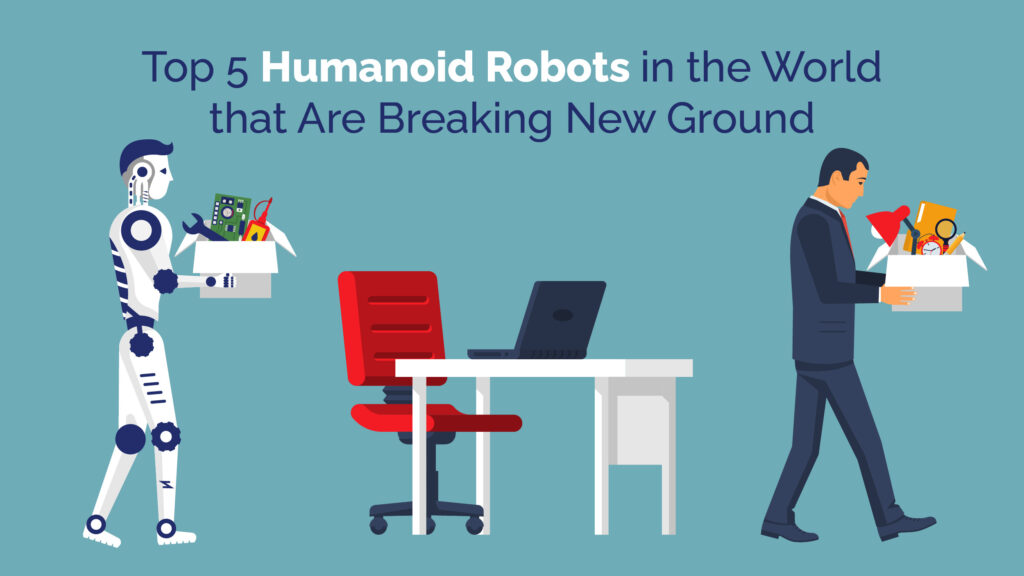
-
Nao
The robot, which was originally created by the French company, was unveiled in its production form by Aldebaran Robotics in 2008. The Sony Aibo robots used for the RoboCup football competition the year before were completely supplanted by it the following year. NAO’s sensors, software, and motors are all controlled by a specialized operating system called NAOqi.
There are plenty of robots that can do a variety of activities. Nao is the most widely used academic and research robot in the world, being used in more than 70 nations. Nao has discovered a special application in teaching youngsters with autism. It has been embraced even by major Indian universities like the IITs in Allahabad and Kanpur.
-
ATLAS
The “most dynamic humanoid in the world,” as ATLAS was named by its creators, debuted in 2013. It was specifically created and built by Boston Dynamics with help from the US Defence Advanced Research Projects Agency (DARPA) for use in search and rescue operations. With the use of sensors like range sensing, stereo vision, and other technologies, it can navigate its way through rough terrain and past potential impediments.
The ATLAS Unplugged was upgraded and given new features in 2015, which the manufacturer said made it 75% different from the original ATLAS.
-
Petman
Another advancement in the field of robotics is Boston Dynamics’ Protection Ensemble Test Mannequin (Petman). The Chemical and Biological Defense program of the US Department of Defense produced it. It is used to evaluate the performance of biological and chemical suits for the military.
Even with its mechanical skeleton hidden beneath a hazmat suit, this bipedal humanoid robot behaves in an uncannily human manner. With a height of almost six feet and a weight of 80 kilograms, it is a monster. It’s unusual for humanoid robots to walk this close to a person. With a walking speed of 7.08 kilometers per hour, Petman is the fastest bipedal robot.
-
Pepper
It would be amazing if robots could recognize fundamental human emotions like rage, joy, and sorrow and “behave” in line with those sensations. The only robot capable of completing it is Pepper. It can speak normally if you have SoftBank Robotics creates a humanoid companion for you.
Pepper is skilled at interpreting nonverbal cues like a person’s body language, tone of voice, and facial expressions. Pepper can instantly spring into action to engage and learn about the people it comes across as to its multiple sensors and three multi-directional wheels. Pepper has found employment at many businesses that rely on interacting with customers, including supermarkets, banks, and even SoftBank stores.
-
Sophia
Roboticist David Hanson and his company, Hanson Robotics, developed Sophia, a machine that is said to be patterned on Audrey Hepburn. She was given official status in April 2015. She didn’t become well-known worldwide until October 2017 after receiving citizenship from the Kingdom of Saudi Arabia.
Sophia has similar programming to ELIZA in that she responds to specific questions with pre-written responses.
Sophia reportedly got “legs” in January 2018 and is now ambulatory after previously being motionless.
When Will Humanoid Robots Be Available?
Around the world, numerous businesses and research institutes have created humanoid robots that are already in use. It’s crucial to remember that humanoid robot capabilities and technological development levels can differ greatly.
The newest humanoid robots are being worked on to increase their capabilities, practical uses, and cost as the field of robotics continues to develop. Although it’s difficult to pinpoint a certain timeframe, it’s expected that humanoid robot technology will develop more and become more widely used in the upcoming years.
It’s important to note that although humanoid robots are being developed and deployed in a variety of fields, they might not necessarily start showing up in people’s homes or daily lives very soon. The adoption and societal integration of humanoid robots depends on a number of parameters, including technological development, economic viability, legal considerations, and social acceptance.










